I wear a black mask, and you see me in the trash cans at night looking for anything I can eat.
What is a raccoon? 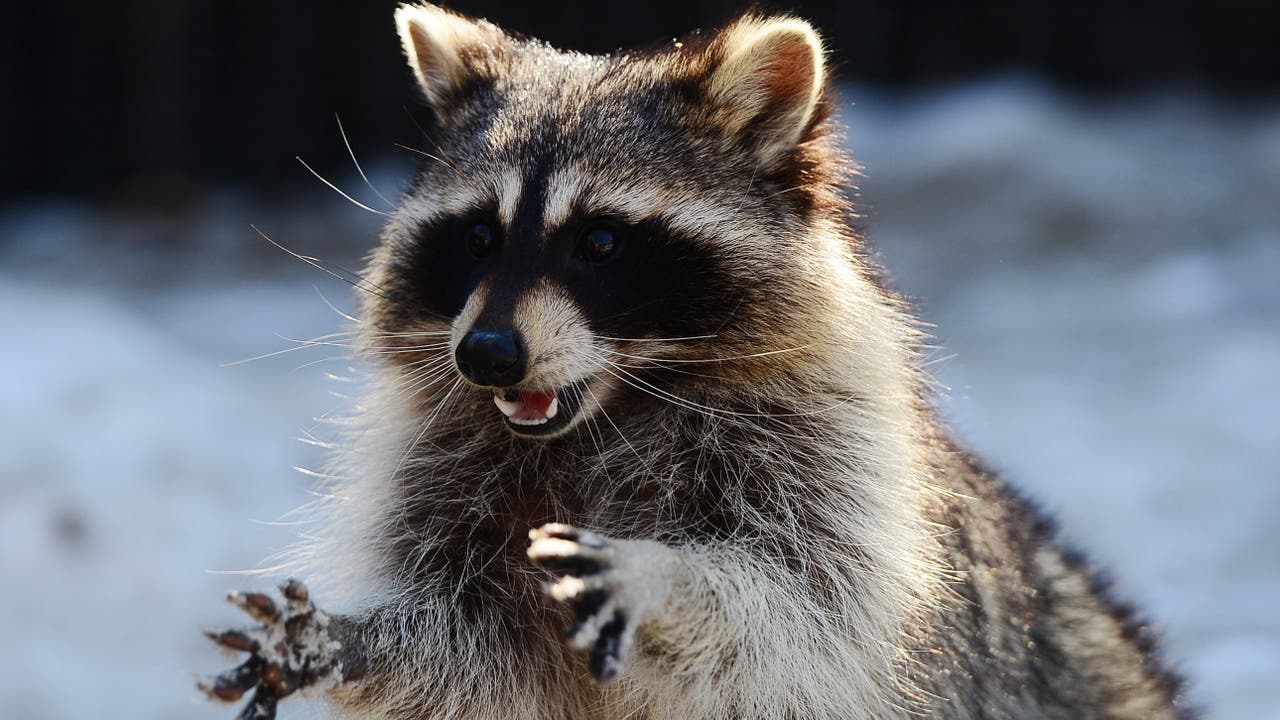
Raccoons in Chicago are highly adaptable and thrive in both natural areas and neighborhoods, using their intelligence and dexterity to find food and shelter in the urban environment.
I am a reptile; I can weigh up to 50lbs and eats fish. I am not known for being friendly.
What is a snapping turtle?

Snapping turtles in Chicago inhabit freshwater lakes, rivers, and ponds, where they play a vital role in the ecosystem by controlling fish and amphibian populations.
Long tail, long nose, the one making all the holes.
What is a rat?

Rats in Chicago are resilient and widespread, often found in alleys, sewers, and around food sources, where they thrive in the urban environment and can impact public health and infrastructure.
Sheds antlers every year to regrow to show their strength.
What is a deer?

Deer in Chicago, primarily white-tailed deer, are commonly found in forest preserves and suburban areas, where they forage on vegetation and occasionally venture into urban neighborhoods.
Doesn't like humans. Spends time by train tracks to avoid us. Not naturally nocturnal.
What is a coyote?
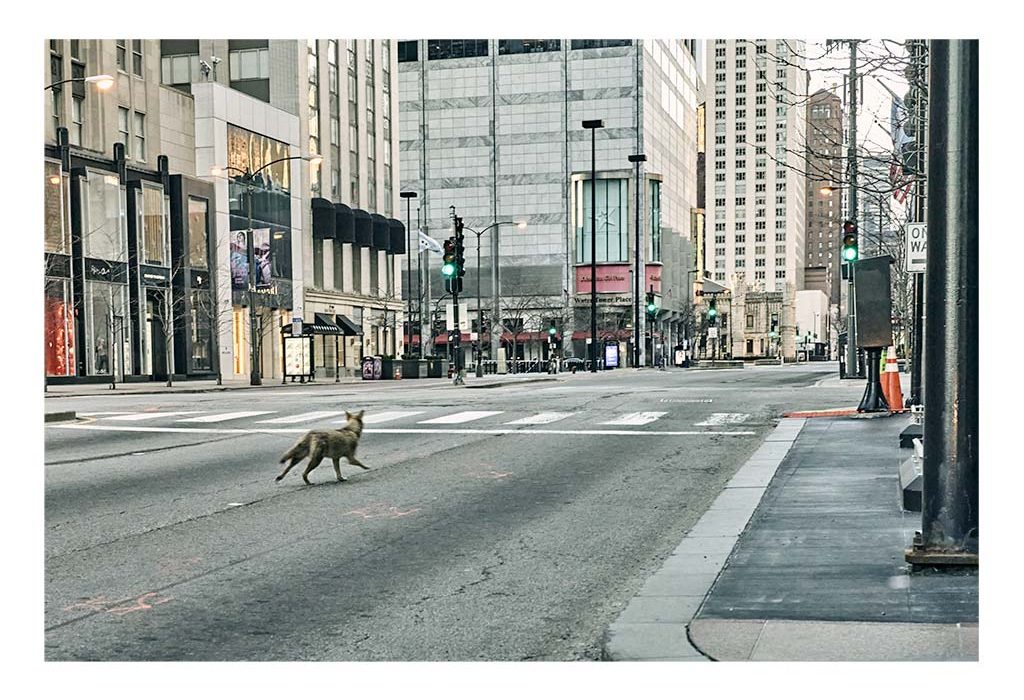
Coyotes in Chicago are a natural part of the urban wildlife community, often seen in forest preserves and even city neighborhoods, where they help control rodent populations.
Elusive and sneaky mammal. Known for being a sly hunter.
What is a red fox?

Red foxes have adapted to Chicago's urban environment, with sightings increasing in areas like Millennium Park, though their populations face threats from habitat loss and urban development.
Bigger than an ant. Smaller than a rat. Also a headache to have in the house.
What is a mouse?

Mice in Chicago are common in both urban and suburban areas, often nesting in buildings and parks, where they help recycle organic matter by feeding on seeds and plants.
Eats what they can find, even if it means looking in your trash.
What is a raccoon?
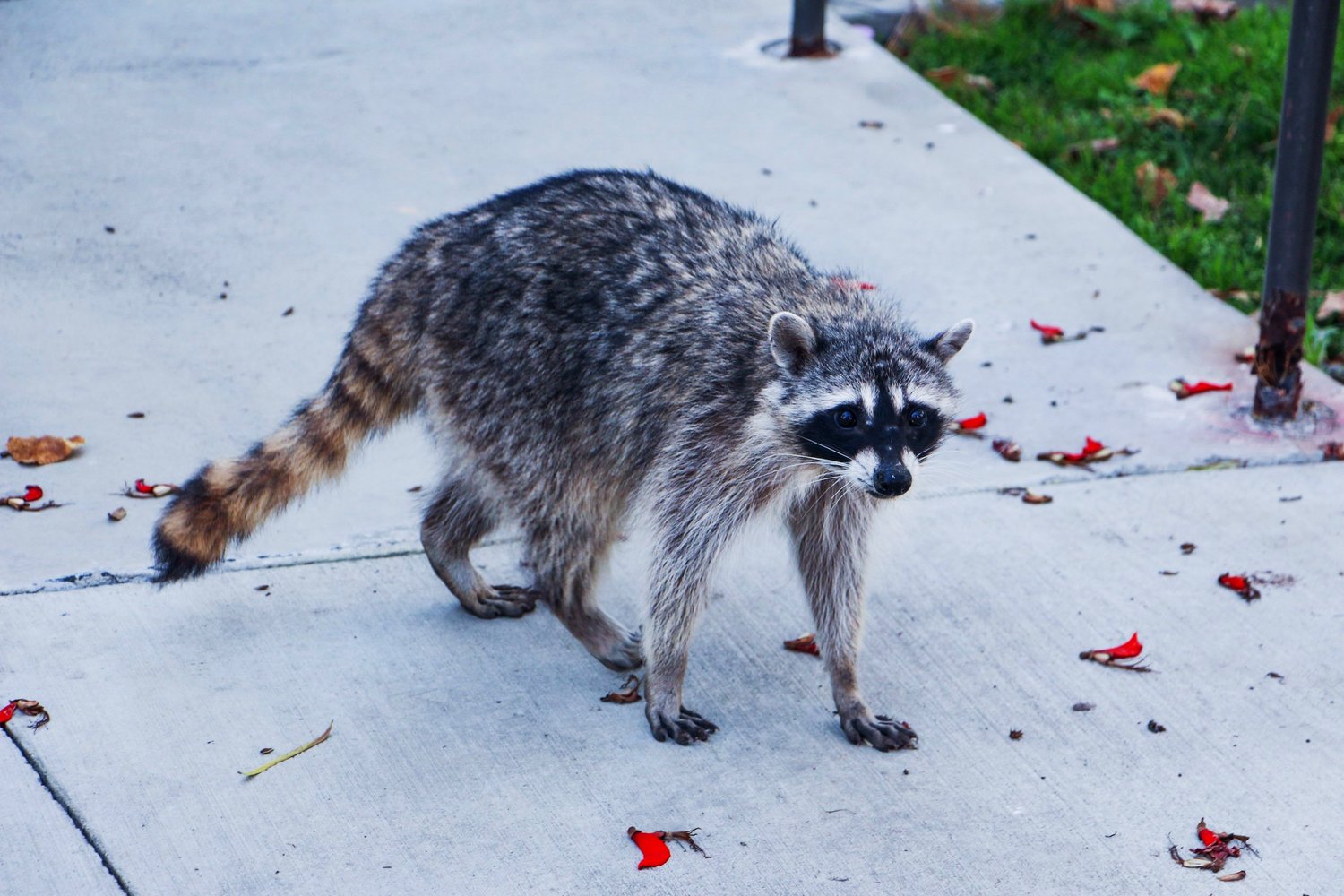
A raccoon skull features a distinctive, slightly flattened shape with prominent, sharp teeth for eating both plant material and small animals, and a pronounced elongated nose for its keen sense of smell.
Not a rat, but a ratty tail. Eats ticks and some people think they can't get rabies, but they can.
What is an opossum?
)
Opossums in Chicago help keep neighborhoods clean by eating pests like insects and rodents, and they're often spotted at night searching for food in alleys, parks, and backyards.
Tall and fast but rarely look both ways before crossing the street.
What is a deer?
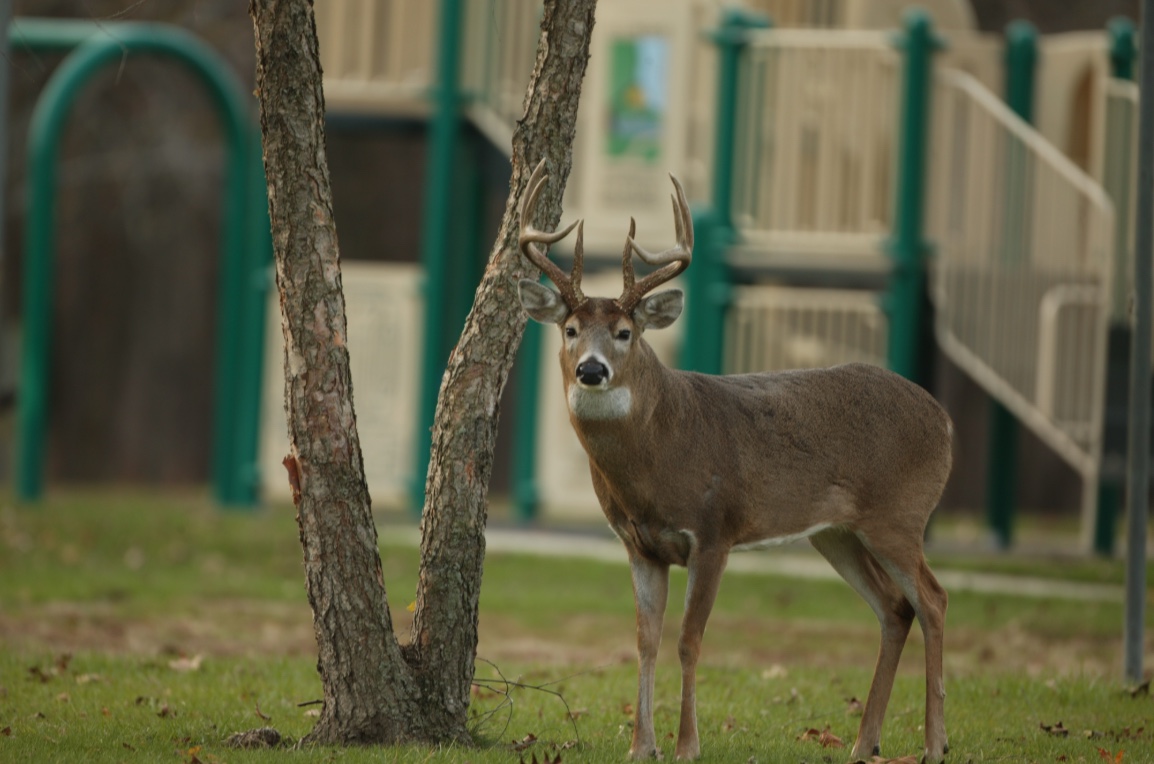
Deer in Chicago, especially white-tailed deer, are commonly seen in forest preserves and natural areas, where they browse on vegetation and play a key role in shaping plant communities.
Wood be dammed if it let a tree go un-chewed.
What is a beaver?

Beavers in Chicago are primarily found in forest preserves and riverbanks, where they build dams and lodges that help create wetland habitats and support diverse ecosystems.
Looks like a dog, but don't bring it in.
What is a coyote?
A coyote skull has a narrow, elongated shape with sharp carnivorous teeth and a well-defined snout, reflecting its role as a predator in the wild.
The only free flying mammal in the world. I sleep upside down and eat all the bugs you don't like.
What is a bat?
Bats in Chicago play a vital role in controlling insect populations, with several native species like the big brown bat commonly found in urban parks and forest preserves.

Was found in Chicago for a summer and was big in the news. This animal wreaked havoc for the animals in the lagoon. Not a traditional pet.
Who was chance the snapper?

Releasing pets into the wild, like when an alligator nicknamed Chance the Snapper was found in a Chicago lagoon in 2019, can disrupt local ecosystems and endanger both wildlife and humans. This incident highlighted the dangers of abandoning exotic animals, which are often ill-suited to survive or coexist safely in urban environments.
Not a rodent but looks like one. Always a hop, jump, and a skip away.
What is a rabbit?

Rabbits in Chicago, particularly eastern cottontails, are frequently spotted in parks and residential areas, where they graze on grasses and shrubs while serving as prey for local predators.
Eats what they find and use their canine instincts to hunt. Their colors don't show how great they are at camouflage.
What is a red fox?

Red foxes in Chicago are adaptable creatures that thrive in urban and suburban areas, where they hunt small mammals and birds, helping to maintain a balanced ecosystem.
Who could I be? Eats prey whole and regurgitates what it cannot digest.
What is an owl? 
Owls in Chicago, such as the great horned owl and eastern screech-owl, thrive in forest preserves and parks, where they hunt small mammals and contribute to the urban ecosystem.
I am small and pungent. My teeth help me eat insects, worms, reptiles, birds, eggs, and fruits.
What is a skunk?
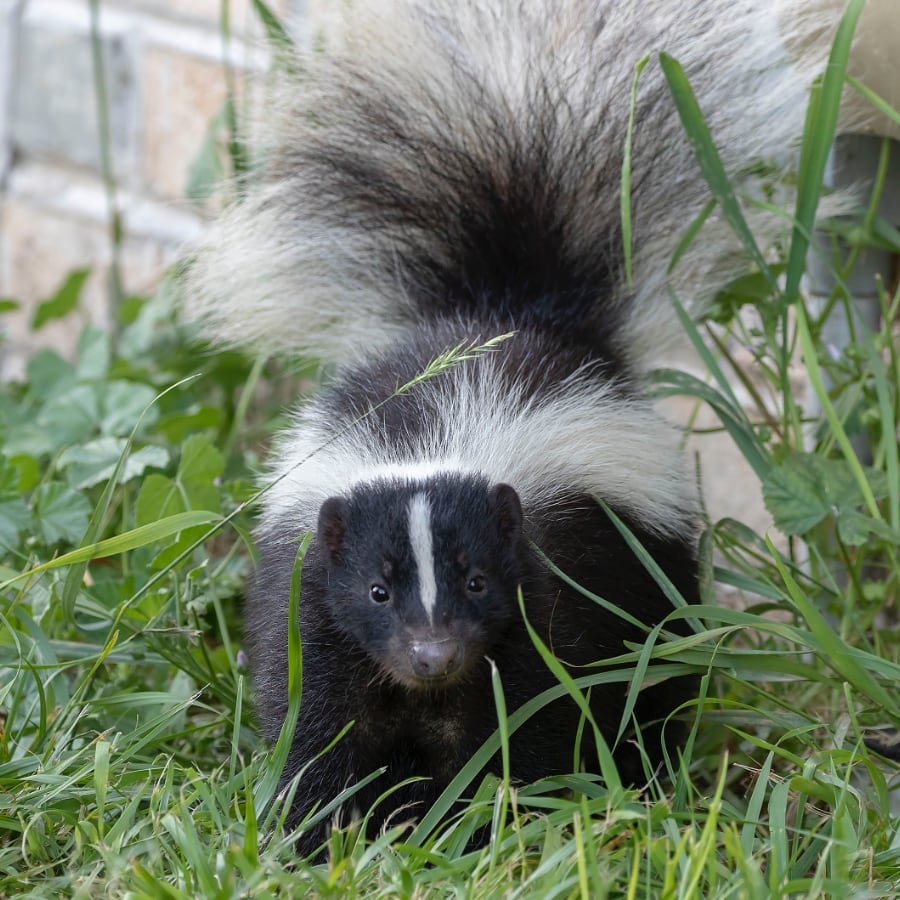
Most skunks are black with two white stripes down their backs. A few are spotted white and black all over. Skunks are most active at night. They sleep in dens lined with leaves during the day.
Belongs to a group of animals with big front teeth that never stop growing.
What is a rodent?
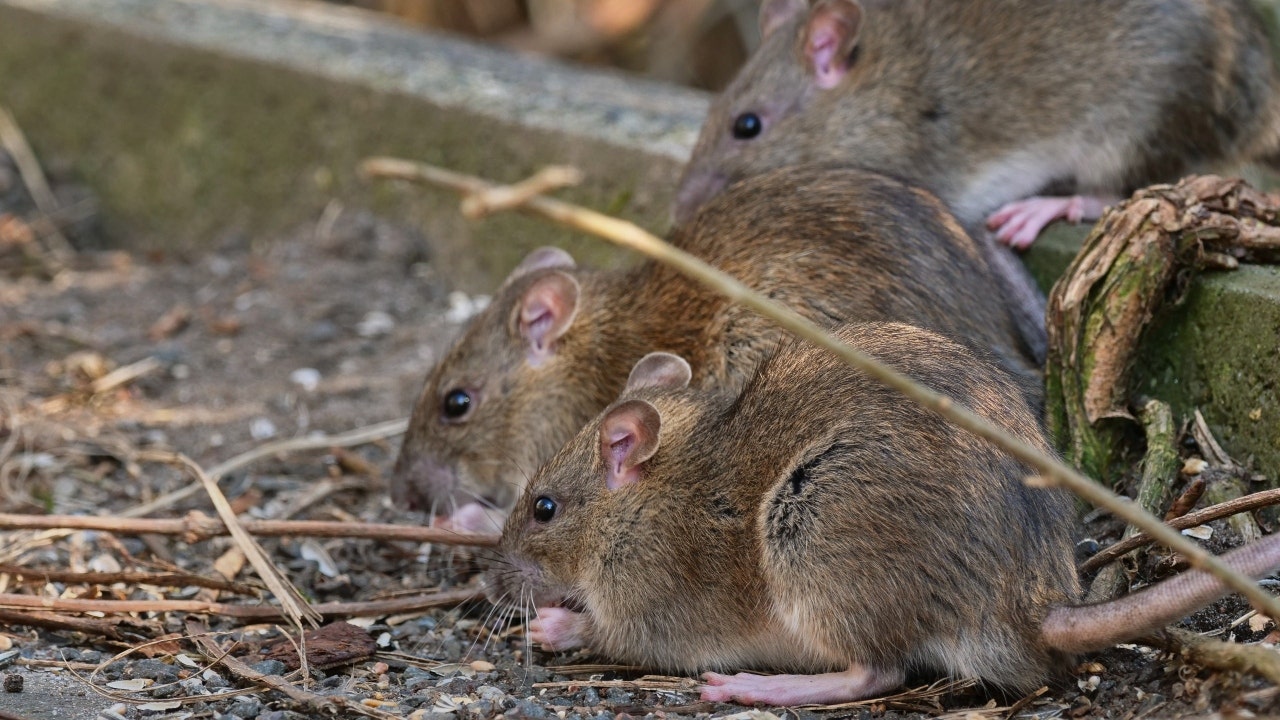
Rodents in Chicago, including squirrels, mice, and voles, thrive in urban and suburban environments, where they play important roles in seed dispersal and maintaining the balance of local ecosystems.
If you look behind the front two teeth you will see it is not a rodent.
What is a rabbit?

A rabbit skull is characterized by its small size, large eye sockets, and elongated teeth, which are well-suited for its herbivorous diet and constant need for gnawing.
